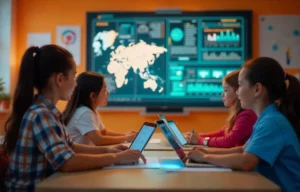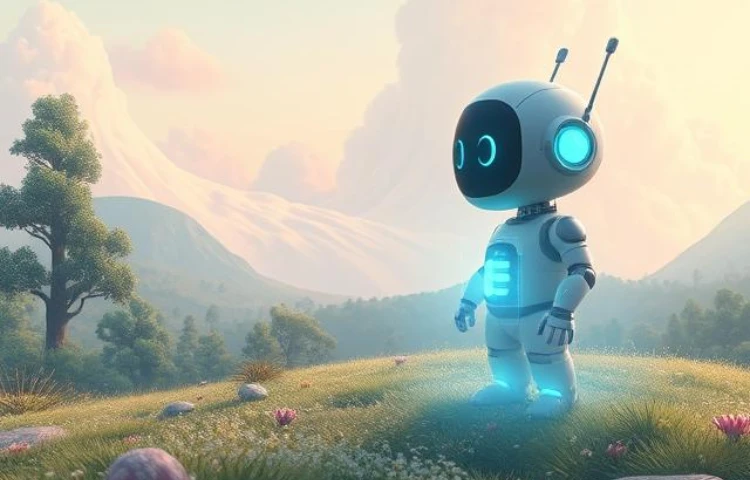

Prefer to listen instead? Here’s the podcast version of this article.
In the ever-evolving world of artificial intelligence, one topic has recently captured the collective imagination of social media users: the integration of Studio Ghibli’s enchanting art style into AI-generated imagery. This trend has not only sparked widespread engagement but also ignited discussions on creativity, copyright, and the role of AI in the arts. [Time]
OpenAI’s ChatGPT introduced a feature allowing users to generate images reminiscent of Studio Ghibli’s distinctive aesthetic. This capability led to a surge in Ghibli-style memes and artworks across platforms, culminating in ChatGPT reaching over 150 million weekly active users—a record for the year. [Reuters]
However, the celebration was tempered by concerns over potential copyright infringements. The legal landscape around using specific artistic styles remains murky, as current laws typically protect specific expressions rather than overarching styles. Notably, Hayao Miyazaki, co-founder of Studio Ghibli, has previously expressed disapproval of AI-generated art, adding depth to the ongoing debate.
The fusion of AI with traditional art forms isn’t confined to Ghibli-inspired images. Adobe’s latest update to Premiere Pro introduced the Generative Extend tool, leveraging AI to seamlessly extend video clips and ambient audio. This innovation aims to enhance editing efficiency and creative possibilities for video professionals. [The Verge]
Similarly, the fashion industry is experiencing an AI-driven transformation. H&M’s creation of AI “twins” for models to use in marketing campaigns exemplifies the blend of technology and fashion. While this approach offers convenience and new creative avenues, it also raises concerns about job security and the authenticity of brand representations.
The rapid integration of AI into creative sectors brings forth complex ethical and legal questions. The unauthorized replication of distinctive art styles, as seen with the Ghibli-inspired AI images, challenges existing copyright frameworks and prompts a reevaluation of intellectual property rights in the digital age.
Furthermore, the potential displacement of human roles by AI-generated models and content creators necessitates a balanced discourse on technology’s role in creative industries. Ensuring fair compensation, maintaining authenticity, and preserving the human touch in art and media are critical considerations as AI continues to evolve. [The Guardian]
As AI technologies advance, their intersection with art and creativity will likely deepen, offering both opportunities and challenges. Stakeholders—including technologists, artists, legal experts, and audiences—must collaborate to navigate this landscape thoughtfully. Establishing clear guidelines, fostering ethical AI development, and respecting the sanctity of original artistry will be paramount in harmonizing innovation with tradition.
WEBINAR